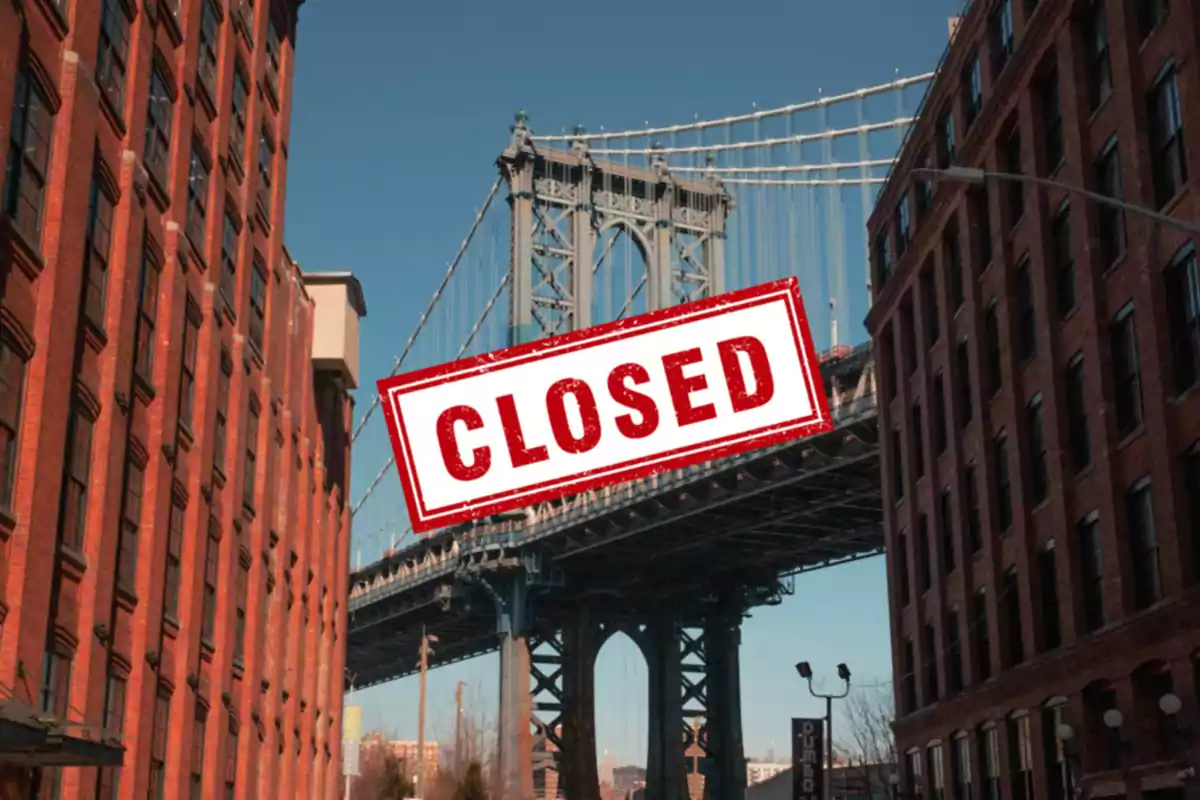
Not just JC Penney or Forever 21: another major American brand announces massive closures
Rite Aid keeps closing stores in the United States amid its second bankruptcy
2025 continues to bring tough news in the U.S. retail world. Not only are JC Penney or Forever 21 closing stores. Now, another major chain has announced a massive closure of its branches. Rite Aid, the pharmaceutical chain that is going through a second bankruptcy, continues to reduce its store network in an attempt to survive.
Since the beginning of the year, Rite Aid has closed dozens of locations. The process continues this May with new closures scheduled. This strategy is part of an urgent plan to cut costs and reorganize the company. The idea is to keep only profitable stores and strengthen its financial structure.

United States: Consumption Changes in 2025
Rite Aid's situation reflects a complicated outlook for the retail pharmaceutical sector in the United States. Competition is getting stronger, both from large chains and digital platforms. New times have changed the way people buy medicines and health products.
In addition, rising operating costs and changes in consumer behavior are putting pressure on physical stores. That's why Rite Aid has chosen to close those points of sale that do not meet minimum profitability levels.
This move affects not only the company but also employees and customers. Pharmacies are key points in many communities, especially in rural areas or places with limited access to medical services. The disappearance of a store can leave those who depend on these services without a nearby option.
Rite Aid employees also face an uncertain future. Although the company has not revealed exact numbers, it is clear that the closures mean job losses. This aspect worries unions and local groups, who are calling for more attention and support for affected workers.
The second bankruptcy Rite Aid is facing is not an isolated event. Other major retail chains have had to close stores or adjust their business model. Forever 21, JC Penney, and now Rite Aid, are examples of how the transformation of the market is hitting historic brands hard.
For Rite Aid, this restructuring is a struggle to adapt and survive. The company is negotiating with creditors to reorganize its finances and avoid a total collapse. The goal is to achieve a more efficient and sustainable network that will allow it to keep operating in a complicated market.
The massive store closures also reflect a broader trend in U.S. retail. Many companies are reducing their physical presence and betting on e-commerce or smaller, more specialized stores.
For consumers, this means that finding a nearby pharmacy could be more difficult in the future. The most vulnerable communities are the ones that suffer the most from this situation, as they lose quick access to essential products and services.
Rite Aid will have to keep making tough decisions to keep its viability. The pressure from competition, technological changes, and the current economy do not make the path easier. The coming months will be key to see if the company manages to stabilize or if there will be more closures.
This case shows how the retail industry in the United States is constantly changing. Adapting becomes essential in order not to disappear. Rite Aid's story is a clear example of the challenges many traditional companies face.
More posts: